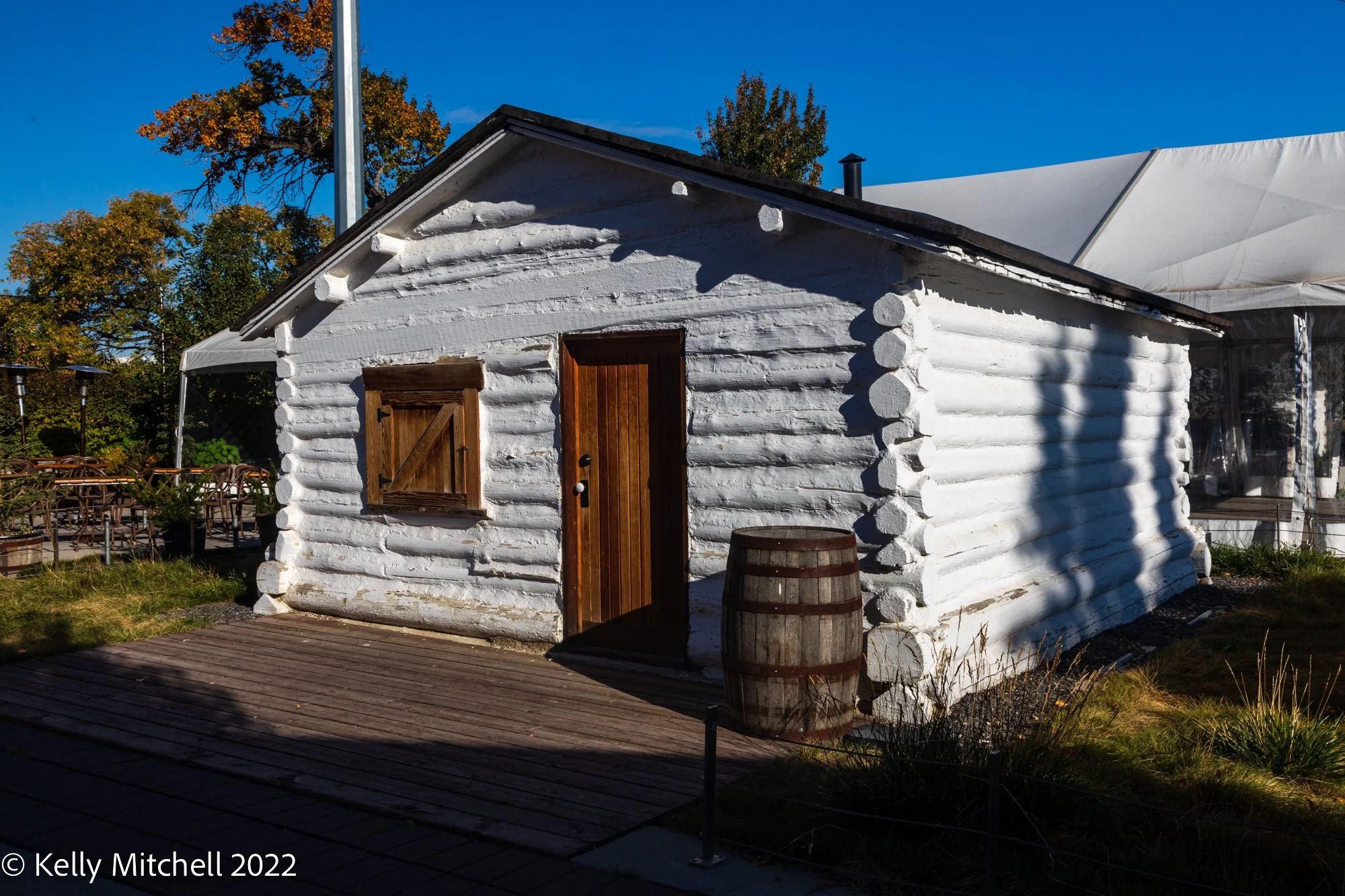The Oldest Building
This cabin - now known as the “Metis Cabin” - is one of Calgary’s oldest buildings.
It is likely a surviving structure of the original Hudson’s Bay Company (HBC) trading post that was moved and re-opened here by HBC clerk John Bunn in 1874.
John and his wife Jemima were both Metis from the Red River Settlement (now Winnipeg). Not a lot is known about them, but it seems clear that John’s decision to move his post here helped shape this community and the future city of Calgary.
During the 1881 census, rough 66% of those enumerated in the modern-day limits of Calgary were Metis. These families were already familiar with the region through established trade routes. They began collecting near ear other - around the Elbow River and Bunn’s HBC post - including Baptiste Anasse, Napoleon Mallette, the Godins, the Fayants and the Rouselles, to name just a few.
The Metis were close-knit and contributed a strong sense of community to the area. After the coming of the railway to Calgary in 1883, settler-colonial immigration increased, and that community spirit was adopted by newcomers.
One newcomer was Alfred E. Cross. By the late 1890s, Cross was a influential rancher, brewer, entrepreneur and politician. One of his many community contributions was the founding of the Calgary Brewing & Malting Company in 1892. This Metis cabin was moved to his brewery in the 1930s. It remained there until 2017, when it was restored and returned home to its original site.
Hunt House named after its last resident William Hunt who was a Railway Man.
Every Log Laid with Intent ~ Every Notch Carved with Purpose
Metis shelters were sometime tents, tipis, log cabins - even overturned voyager canoes. When cabins like this one were built the Metis usually crafted them with a certain purpose in mind. In this way, Metis building styles reflect Metis ways of life - hunting, trading or farming.
The type of corner notching chosen for a cabin was usually a matter of time and permanency. Squaring or hewing, the logs helped ensure a better seal between them, but it was a lot more work, so was usually only done for permanent homes.
Round peeled logs were quicker to use, so easiest in more temporary situations. Wintering cabins often used round logs and saddle-notch joins, reflecting more temporary usage by bison hunting families living on the prairies through the winter.
Cabins in the Red River Settlement or along the North and South Saskatchewan Rivers often use squared logs with corner post or dovetail notch joins. These are the most time-consuming to construct but are strong and weatherproof - perfect for permanent homesteads on a trade route and farming.

